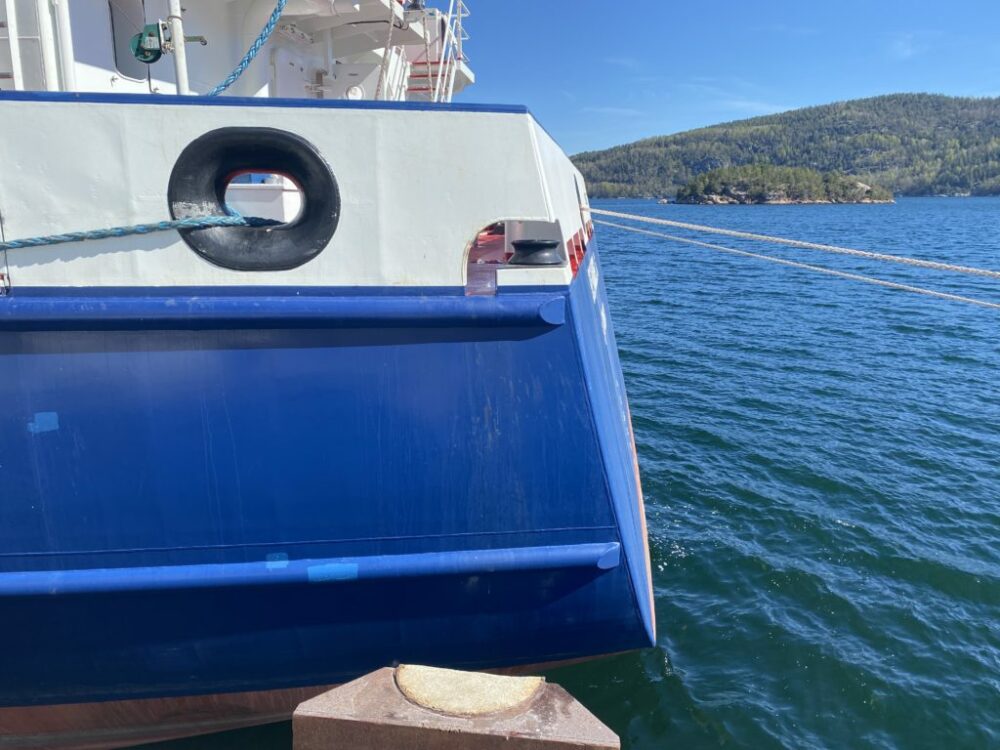
Stern Of A Ship – What Is It and Different Types
The stern can be defined as the aftmost section of a vessel. It is the backmost part of a vessel that serves a lot of functions. The stern is designed […]

The stern can be defined as the aftmost section of a vessel. It is the backmost part of a vessel that serves a lot of functions. The stern is designed […]
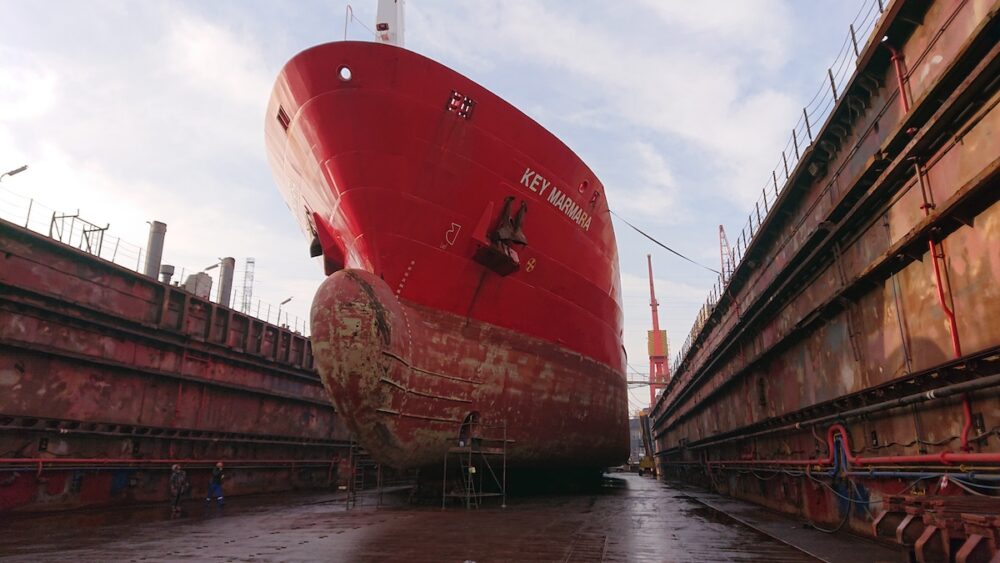
The keel of a boat is an essential part of the structure of a vessel. It keeps the vessel stable and prevents the vessel from being overturned into water. The […]

One aspect of a ship that needs additional consideration during design and construction is the hull. In the development of naval architecture, hull designs have gone from cylindrical wooden shanks […]

Stepped hulls are those hulls that have either a transversal or longitudinal break on the hull bottom called steps, which are designed to reduce the amount of hull surface which […]
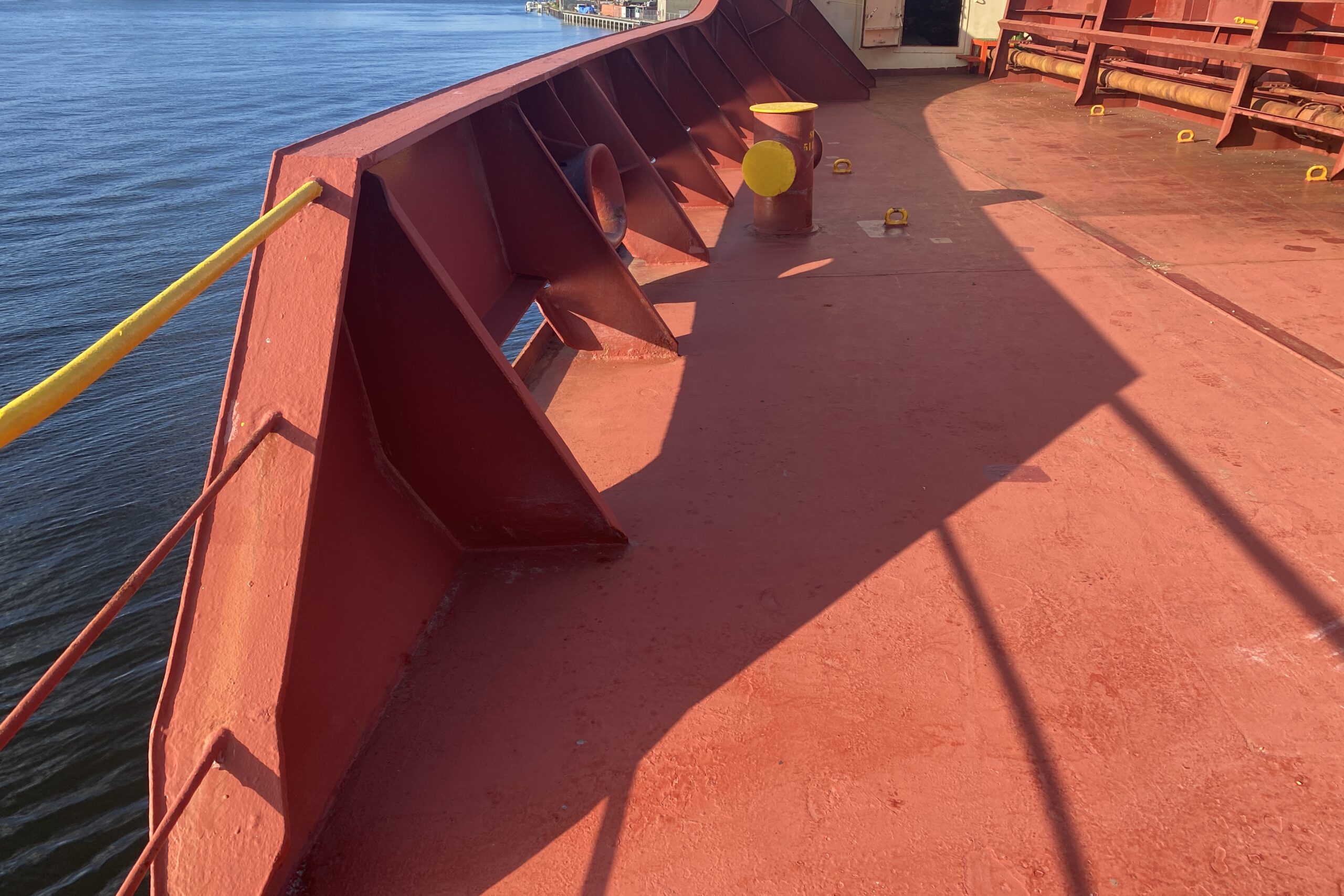
Discover the importance of bulwarks in ship construction and their impact on maritime safety, their structural significance in navigating high seas.
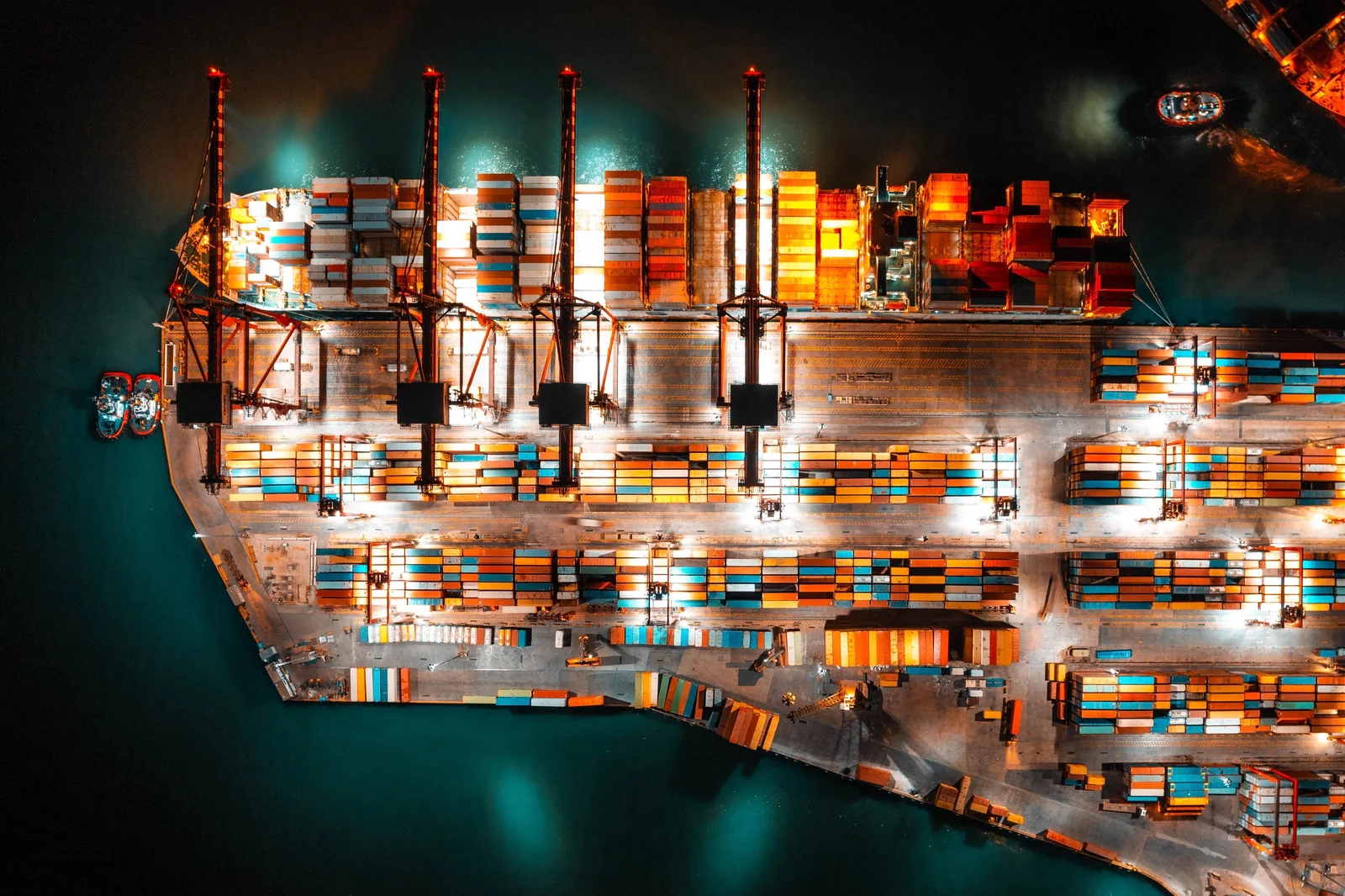
While diving into the future technologies in the maritime industry let’s implement what exactly it stands for. The technological future of the maritime industry focuses on the innovation of technology […]
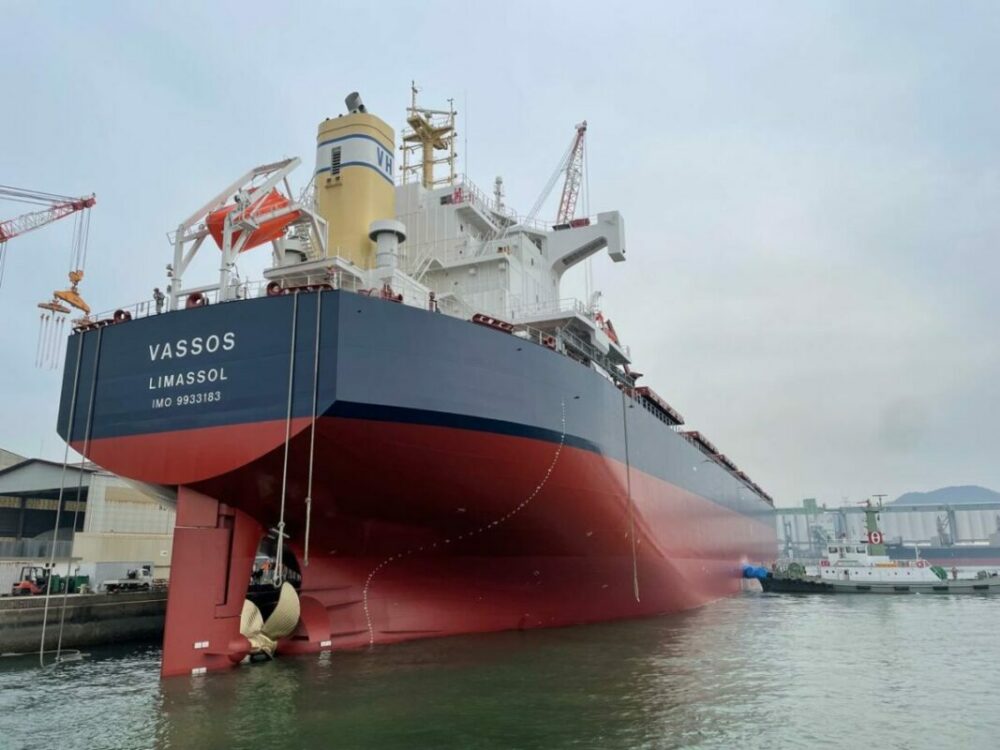
Ship launching is a highly detail-driven and extremely labor-intrinsic division falling under the entire process of ship construction. To this day, there are only four mainly available and extensively used […]

Shipbuilding is a detailed process that involves the complex design and production aspects. There are a set of stages followed by designers during the design stage and the shipyard during […]
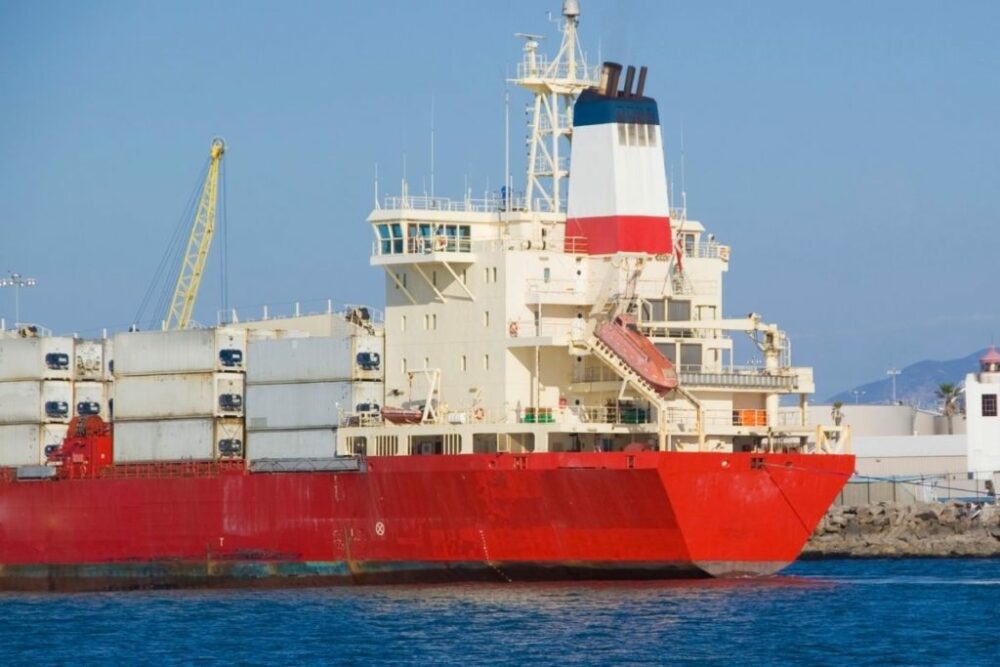
Explore the stern of a ship: the crucial aft that influences navigation, aesthetics, and functionality, pivotal for maritime expertise.
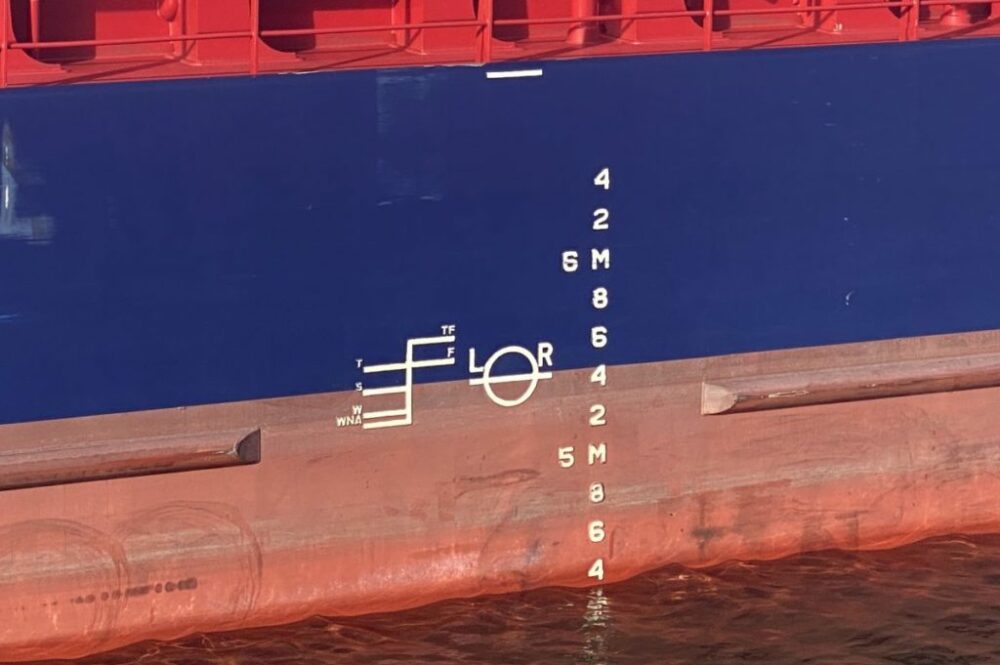
Sailing in rivers and open sea, you may notice that your ship is floating higher in saltwater or what is more important, the draft is smaller. This makes navigation safer […]